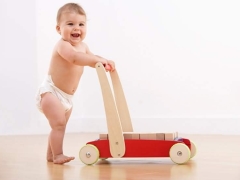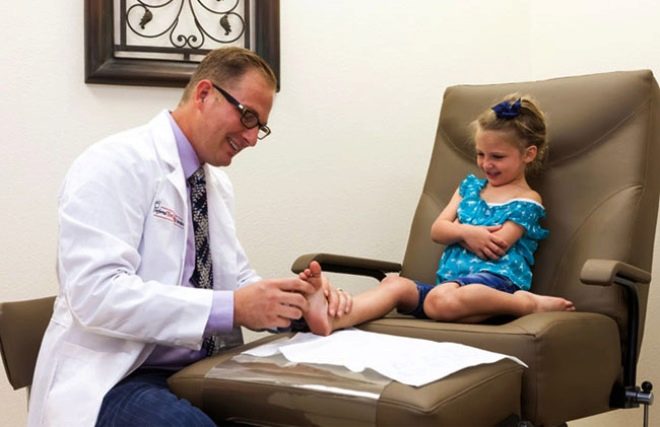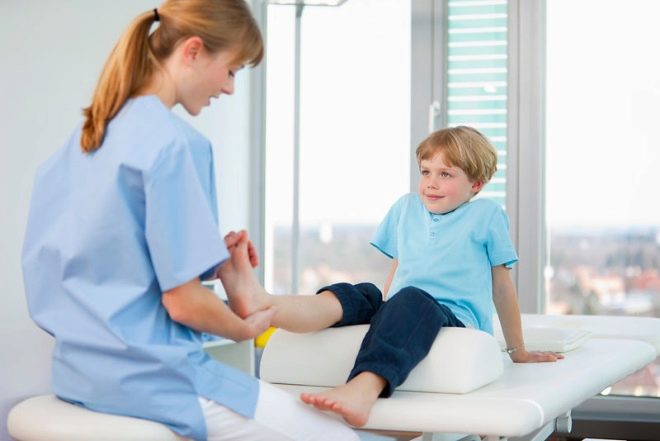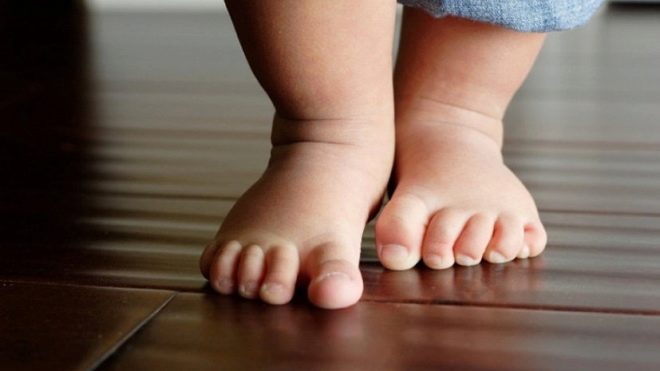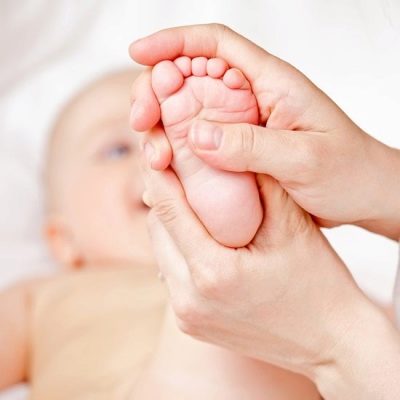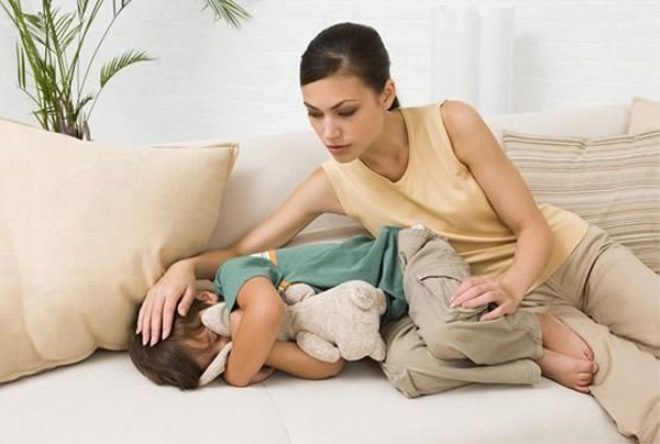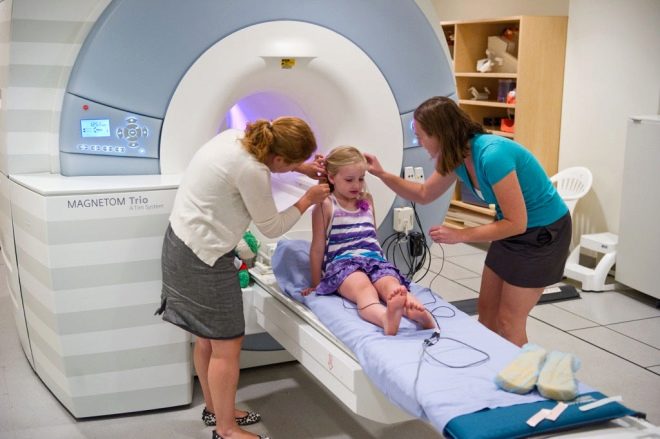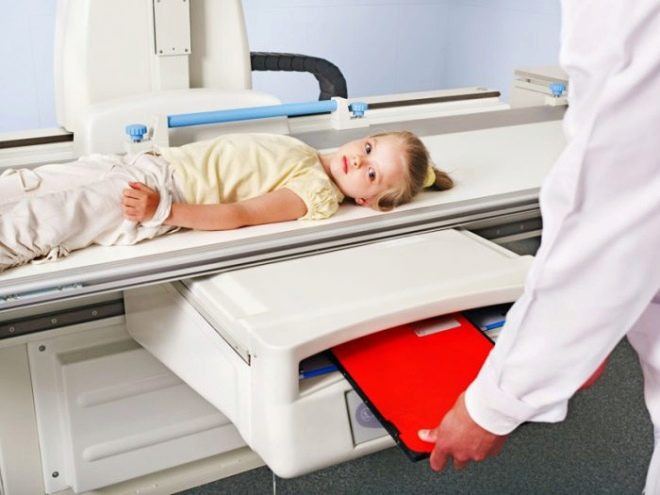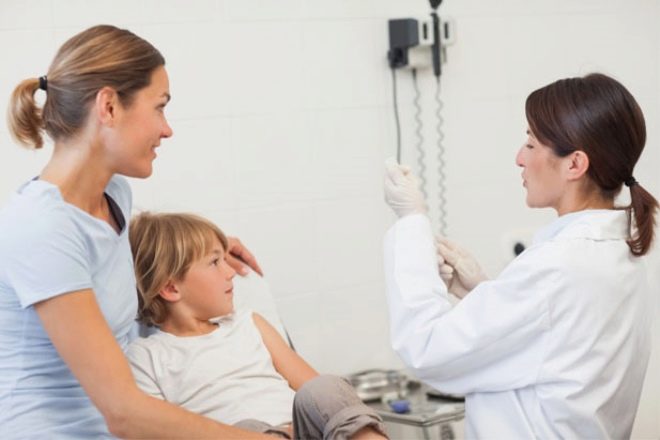What if the baby started to limp?
Sometimes parents notice that a child who has walked straight suddenly begins to limp on one leg. Immediately there is a lot of questions and suspicions. We will try to tell in detail in this article how to understand what exactly is happening with the child.
Special features
Lame in medicine is called gait changes, which are accompanied by the asymmetry of the legs. Usually, lameness develops as a result of various lesions of the musculoskeletal system. This or that pathology of the lower limbs leads to the development of a lame gait.
The child may begin to limp suddenly, at first glance, for no apparent reason. But if you look into this problem, it will become obvious - limping for no reason is impossible for anyone ever.
It is very difficult to simulate lameness, in any case, to do it for a long time, because having forgotten, the child will start to make right movements with his limbs in a reflex way and there is no trace of lameness.
Limping is always associated with restriction of movement or the occurrence of pain syndrome with a load on the leg (joints, tendons, ligaments, muscles). If there is pain, the person again reflexively tries to eliminate it, dramatically reducing this load. This is how an asymmetrical, “lame” walk is made. If the parents notice that the child is lame in one leg, it is necessary to find the reason as soon as possible, which causes the baby to reduce the load on the leg.
Possible reasons
The search for the cause that caused lameness can be long, especially if the child is small and cannot yet tell himself what preceded the appearance of pain. Parents should sit or lay down the child, take off their shoes, socks and pants, and very carefully examine the limb. It is clear that not all reasons can be obvious and noticeable, but inspection will detect at least the most simple of them and eliminate inconvenience.
Limp kid may due to:
- Inconvenient, crushing, pressing or rubbing shoes. In this case, on the feet and fingers, it will be possible to notice corns or compression.
- Injury or inflammation of the foot. It can be a splinter, ulcer, insect bite. The kid could puncture his heel or fingers with a sharp object. Under the nail could enter a foreign body.
- Joint diseases. More often in children under 15 years of age, the so-called transient synovitis occurs - inflammation of the joint - knee or hip joint. It is manifested by the limp. Children can sometimes develop arthritis. In this case, the lameness will be the final manifestation of the disease, which began long before - with a viral infection or severe allergies.
- Age pathologies. These are also quite harmless physiological pains that appear on the background of too fast bone growth and tension of ligaments that are not keeping up with them, and serious and dangerous diseases, such as juvenile arthritis. This disease occurs only in children from 2 to 16 years old and, if untreated, can progress very quickly, leading to disability.
- Non-limb pain. A small child can easily begin to limp if he has a bad stomach ache while walking. And if a few minutes ago he was vaccinated, for example, DTP, then the baby may temporarily limp because of pain in the buttock during the resorption of the vaccine. Quite often, such temporary and non-dangerous lameness develops in children after “Pentaxim” - vaccines of the combined type.
- Neurological disorders. With the defeat of certain groups of nerves, as well as with the defeat of the central nervous system, lameness may develop.
- Limb injuries. It is possible that during outdoor games, the baby sprained or pulled his leg, bruised it or hurt it. Independently recognize such injuries is very difficult. At the initial stage, they are practically invisible, with the exception of the wound.
- Bone tumor processes. These are quite serious diagnoses that develop gradually and need to be equally serious in the hospital.
- Post-traumatic causes. If the child was forced to observe bed rest for a while, if he wore a plaster on his leg, then after removing the plaster, post-traumatic lameness may occur for a while.
Even if it seems that the child began to limp for no reason, it is not. Just not every reason can be found and solved at once.
See the next video for more details on the reasons for a lame walk in a child.
How to help?
If the leg is not changed, there are no wounds, corns, abrasions, splinters, then you should definitely show the child to the orthopedic surgeon. If necessary, this doctor will prescribe MRI, computed tomography, x-ray examination. To clarify the origin of the problem, an ultrasound study of the joints of the joints is made.
In case of injuries or suspicion of them (parents will tell about this the presence of edema, large hematomas, changes in skin color, unnatural position of the foot or knee in the joint), help should be provided immediately. The child should be urgently delivered to the nearest emergency room and shown to the trauma doctor. It is advisable to indicate under what circumstances the child began to limp - after a fall, while running, after a jump, etc. This will help to quickly determine the nature of the injury.
Causes that can be corrected by yourself do not need medical advice. These include corns due to cramped or uncomfortable shoes, pain in the hip after being vaccinated or injected into the buttock.
These conditions will pass on their own; you only need to change your baby's shoes or wait a few hours after vaccination.
The physiological causes associated with the intensive growth of limbs are most characteristic of children aged 7 to 14 years. A minor pain syndrome that appears suddenly, usually after sleeping or sitting for a long time, disappears within an hour or two. The problem does not need treatment. But if in doubt, it is worthwhile to show the child to the orthopedic surgeon.
First aid
If a child not only limps on the right or left foot, but also complains of severe pain, you need to limit the load by putting the baby in, fix the leg, apply cold when puffiness and call an ambulance. It is not necessary to give medicines while waiting for ambulance doctors.
Treatment
Treatment of lameness will depend on the cause that caused it. Despite the fact that the majority of diseases of the musculoskeletal system are quite serious, many of them are quite successfully treated by wearing orthopedic devices and devices, therapeutic exercises, physical education and massage. Drug treatment is not prescribed in all cases, as well as surgery. Therefore, do not be dramatized and nervous. But to leave a "lame" walk without proper attention is also by no means impossible.
Many diseases of the bones and joints, which at the initial stage can be cured with massage and proper nutrition, will only have to be operated in an advanced form, and then without any guarantee that the child will be able to regain a normal gait after surgery.
How to wean a baby limp after a fracture?
If the kid spent a long time in a cast, after the removal of the fixing bandage, he may immediately manifest lameness. No need to worry, a change in the gait after an injury, provided that everything has grown together properly, is a temporary phenomenon. If the doctor confirmed that the bones and joints are fine, It is necessary to gradually increase the load on the leg.
It is very good to walk on the sand, it will be easier for the child to distribute the load on the legs. Nice to start swimming. It is useful to play a foot in the ball, easily kicking it towards the mother and taking the reverse flow. Such a "football" allows you to return coordination and confident movement.
Completely step on the leg, which until recently was very sick, prevents the baby banal fear of possible repetition of pain. Give him a home massage, show that there is no more pain. The child should be given vitamin complexes and calcium supplements, explaining that these “magic” pills will help the leg to become strong and strong, as before. Such an element of psychotherapeutic influence on children with their violent imagination usually acts flawlessly.
It is necessary to increase the load gradually, extending the time of hiking by only 2-3 minutes per day. The child should not be allowed to get very tired when walking; with fatigue, the limp will increase.
